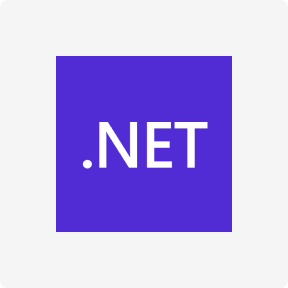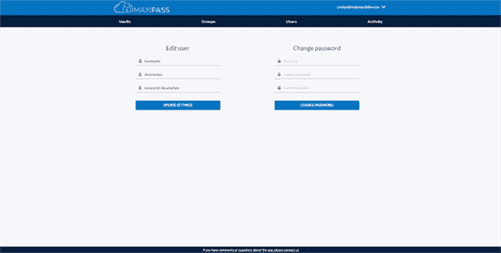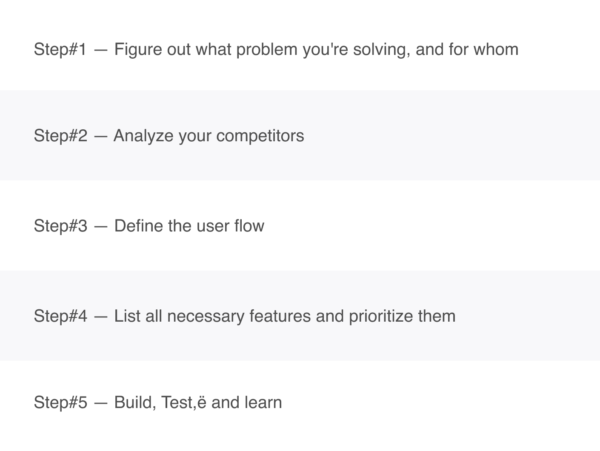It could be for creating a new cryptocurrency, like Bitcoin or Ethereum. In addition to the block structure, you need to determine the organization of the transaction data within each block. This can be in the form of a linked list or a Merkle tree structure.

Whether it’s finance, supply chain management, healthcare, or any other industry, blockchain applications have the potential to reshape the way we conduct business and interact with each other. One of the key features of a blockchain application is decentralization. Unlike traditional centralized applications, where a central authority controls the flow of information and transactions, blockchain applications distribute this control among all participants. Each node in the network has a copy of the entire blockchain, ensuring that no single entity has complete control and making the system more resistant to censorship and manipulation. A blockchain application is a software application that utilizes blockchain technology as its underlying framework.
How Blockchain Works
After the transaction is validated, it is added to the blockchain block. Each block on the blockchain contains its unique hash and the unique hash of the block before it. Therefore, the blocks cannot be altered once the network confirms them. On some blockchains, transactions can be completed in minutes and considered secure after just a few.
- The resulting new currency would be classified as a token, which is any digital money that is not native to the blockchain on which it operates.
- If you aren’t familiar with Go, try to familiarize yourself with the basics, including functions, methods, data types, structures, flow controls and iterations, etc.
- Blockchain technology may very well be the ultimate innovation that resulted from the cryptocurrency boom.
- By carefully considering these aspects, you can select a blockchain wallet that aligns with your specific needs.
- An event is usually triggered at the end of a function’s execution to send data to the frontend.
- We also highlighted the significance of contract upgradability, extensive documentation, gas efficiency, and staying updated with the latest practices and updates.
Beyond blockchain, it has further applications e.g. digital signatures, password validation, challenge hash authentication, and anti-tamper. The rolling out and launch of your blockchain application is the event of your lifetime. Celebrate it accordingly but make sure that important guests are invited and also take part. Every successful blockchain project starts with a business plan. Paper trails are known to be time-consuming, prone to human error, require physical space to store, and often require third-party involvement.
Why We Need Blockchain
Keep in mind that you can modify some of these elements at run-time. Nonetheless, it’s always best to plan ahead to ensure successful development. Your consensus mechanism is highly dependent on your unique business needs and objectives, so make sure you take the time to look into each and determine the best fit for you. Chances are you will need funds in order to get your project up off the ground and then maintain it. Therefore, you will need to figure out a way to secure a source of income.

The structure of the blockchain, combined with advanced cryptographic algorithms, makes it extremely difficult for hackers to manipulate or forge transactions. Each transaction recorded on the blockchain is encrypted and linked to the previous transactions, creating a secure and tamper-proof environment. At its core, a blockchain is a digital ledger that records transactions or any form of data across multiple computers or nodes in a network. These computers work collaboratively to verify and validate each transaction, ensuring that all copies of the ledger are identical. Discuss our team of skilled blockchain experts to kickstart your blockchain development journey. Our blockchain experts can convert your new idea into a real-world solution by implementing blockchain technology into your project.
Choose a suitable blockchain platform
A block is a collection of data, alias data records, and chains stored together in a list. These lists are then interlinked using cryptography, making it the most essential and fundamental requirement for creating a blockchain. A public blockchain is open to anyone who wants to participate, while a private blockchain restricts participation to invited members only. The choice between public and private can impact the blockchain’s transparency, speed, security, and potential applications.
Overall, a blockchain is a powerful tool for creating secure, transparent, and decentralized systems. Its ability to store and validate data across multiple nodes, coupled with cryptographic protection, makes it an ideal choice for a wide range of applications. Understanding the fundamentals of blockchain technology is crucial in order to harness its full potential and explore the numerous possibilities it offers. Testing and verifying the consensus mechanism is crucial to ensure its proper functioning. Simulate different scenarios and edge cases to validate the consensus algorithm’s behavior and performance.
Step 1: Identify a Problem to Solve
Welcome to the world of blockchain technology, where decentralization, transparency, and immutability are the pillars of a revolutionary digital ecosystem. From its inception with Bitcoin, blockchain has rapidly evolved into a powerful tool with applications in various industries, including finance, supply chain management, healthcare, and more. If you’ve ever wondered what it takes to create your own blockchain how to make a blockchain network, this article is for you. By following these steps and ensuring thorough testing, you can successfully launch and operate your own blockchain network. Testing and debugging are crucial steps in the development process of your blockchain application. Thorough testing ensures that your blockchain functions as intended, while debugging helps identify and resolve any issues or bugs that might arise.

Blockchain wallets come in different forms, including web-based wallets, desktop wallets, mobile wallets, and hardware wallets. Each type has its own advantages and considerations, such as accessibility, security, and convenience. During this step, it is crucial to accurately define the inputs, outputs, and expected behavior of the contract. Consider the potential risks and include appropriate safeguards to handle potential errors or disputes. Strive for simplicity and clarity in the contract logic to minimize ambiguity and misunderstandings.
Step 1 of 3
The wallet was built by Cheesecake Labs in partnership with MoneyGram and will leverage the Stellar network and MoneyGram’s fiat on and off-ramp services integrated with the Stellar network. The latest iOS app update published on Sept. 22 shows that version 1.1.1 supports its top-up service with international card options. Local media reports have suggested the updates to the e-CNY app coincide with the start of the Asian Games.
The use of a blockchain database eliminates the need for physical documents and information is stored in several locations at the same time. Again, all parties get detailed records of transactions as they happen. Taken together, the transactional process is made faster and more efficient. Of course, this does not mean blockchain networks are 100% secure. Hackers and fraudsters can target blockchain systems in different ways including phishing, routing, Sybil, and 51% attacks (private networks are not affected by the 51% attack). However, compared to other databases, blockchain is definitely more secure.
What is a Blockchain?
Decentralization is one of the main reasons why industries use blockchain. In the world of finance, for example, blockchain solutions allow customers to store and purchase cryptocurrency without the need to give full control of their assets to banks. Instead, transactions are verified by consensus (a group of notes instead of one individual node). It’s important to know that blockchain is not synonymous with the cryptocurrency Bitcoin. People tend to use the two terms interchangeably because blockchain’s first application was Bitcoin generation, but, in reality, the technology has a myriad of applications.

최신 댓글